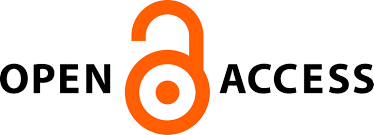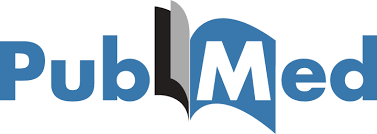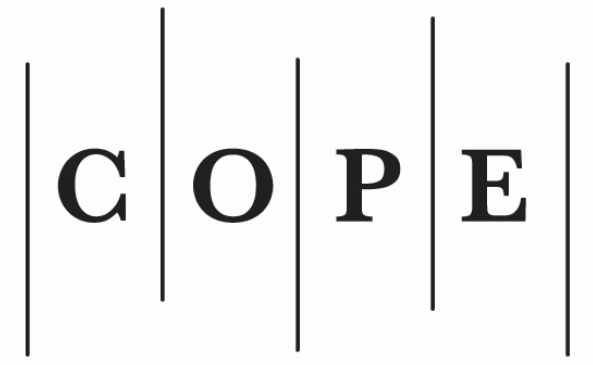Flexicurity samprata ir įgyvendinimo galimybės Lietuvos užimtumo politikoje
plugins.themes.bootstrap3.article.main695fa9f32d23e
Santrauka
Europos Vadovų Taryba priėmė užimtumo lankstumo ir saugumo garantijų bendruosius principus, padėsiančius valstybėms narėms įgyvendinti užimtumo politiką. Neįpareigojantys dokumentai ES valstybių narių atžvilgiu sukelia skirtingą interpretaciją užimtumo lankstumo ir saugumo sampratai. Šiame straipsnyje bus siekiama atskleisti flexicurity sampratą bei pateikti lankstumo ir saugumo pusiausvyros įgyvendinimo galimybes Lietuvoje. Taip pat bus nagrinėjami teisinio reguliavimo ypatumai nustatant lankstumo ir saugumo santykį, valstybės vaidmuo įtvirtinant jį ir suformuluoti siūlymus dėl „lankstumo“ ir „saugumo“ suderinimo, skirto Lietuvos užimtumo politikai gerinti.
plugins.themes.bootstrap3.article.details695fa9f32fcc2
Skyrius
Mokslo straipsnis
Šiam žurnalui suteikta Creative Commons Priskyrimas - CC BY 4.0 licencija (taikoma nuo 2025 m.).






